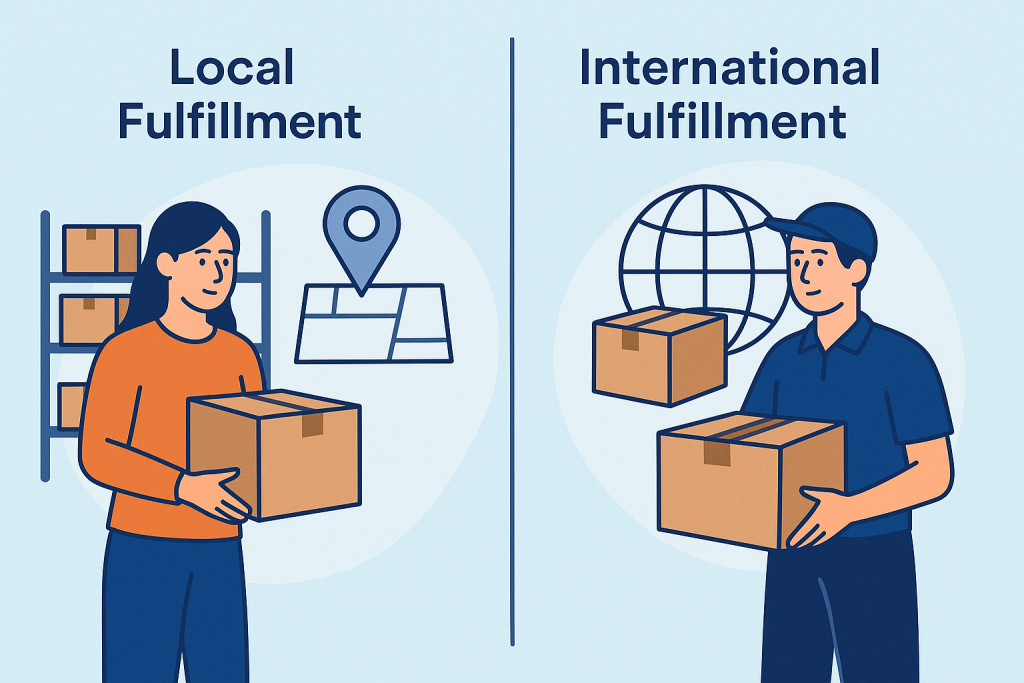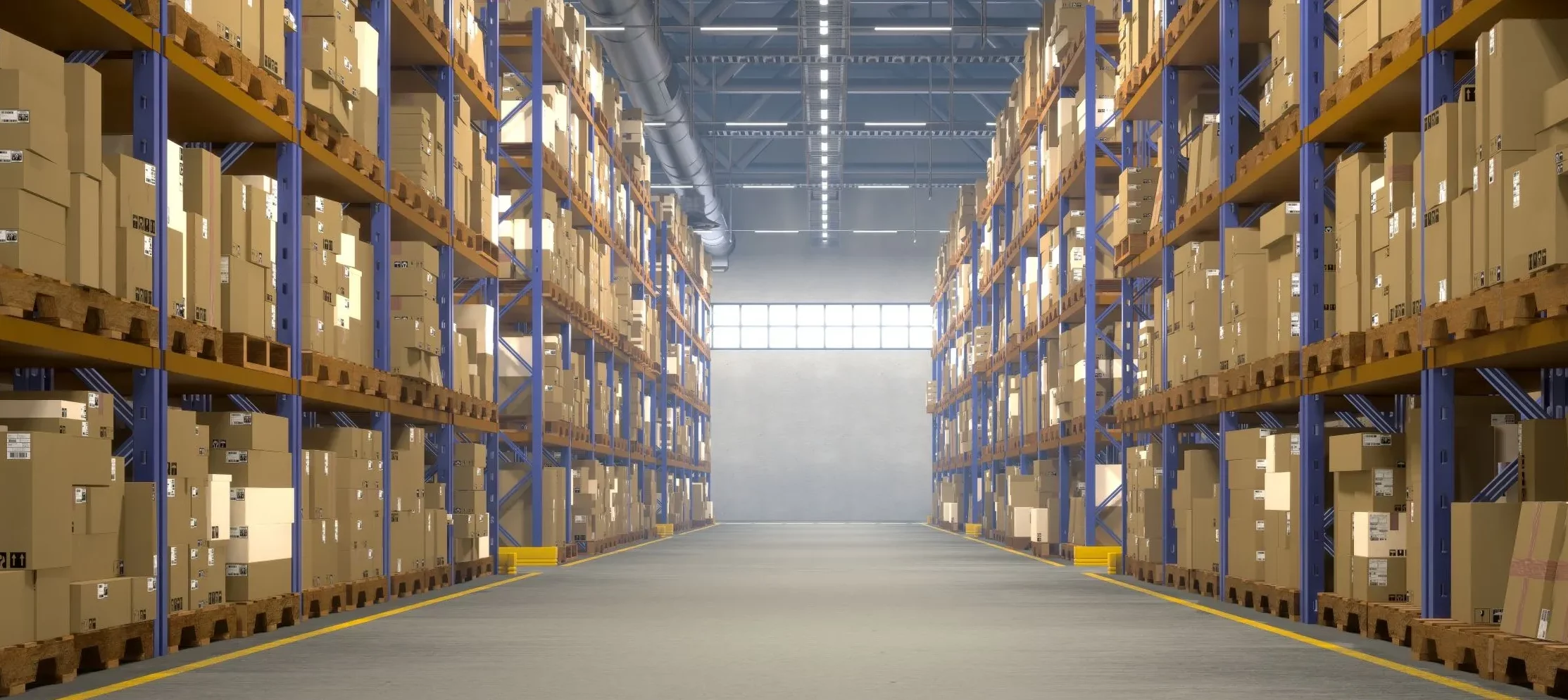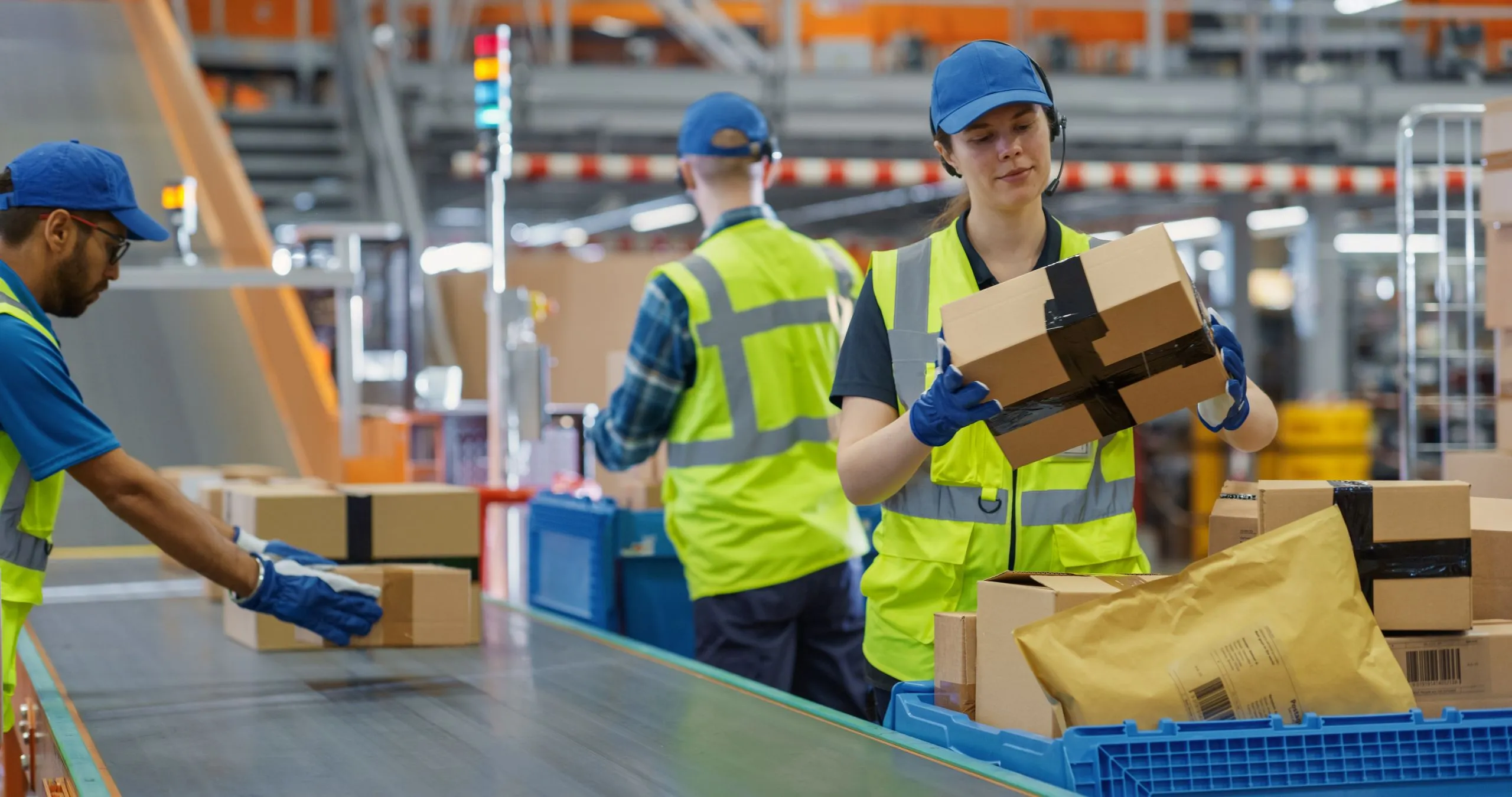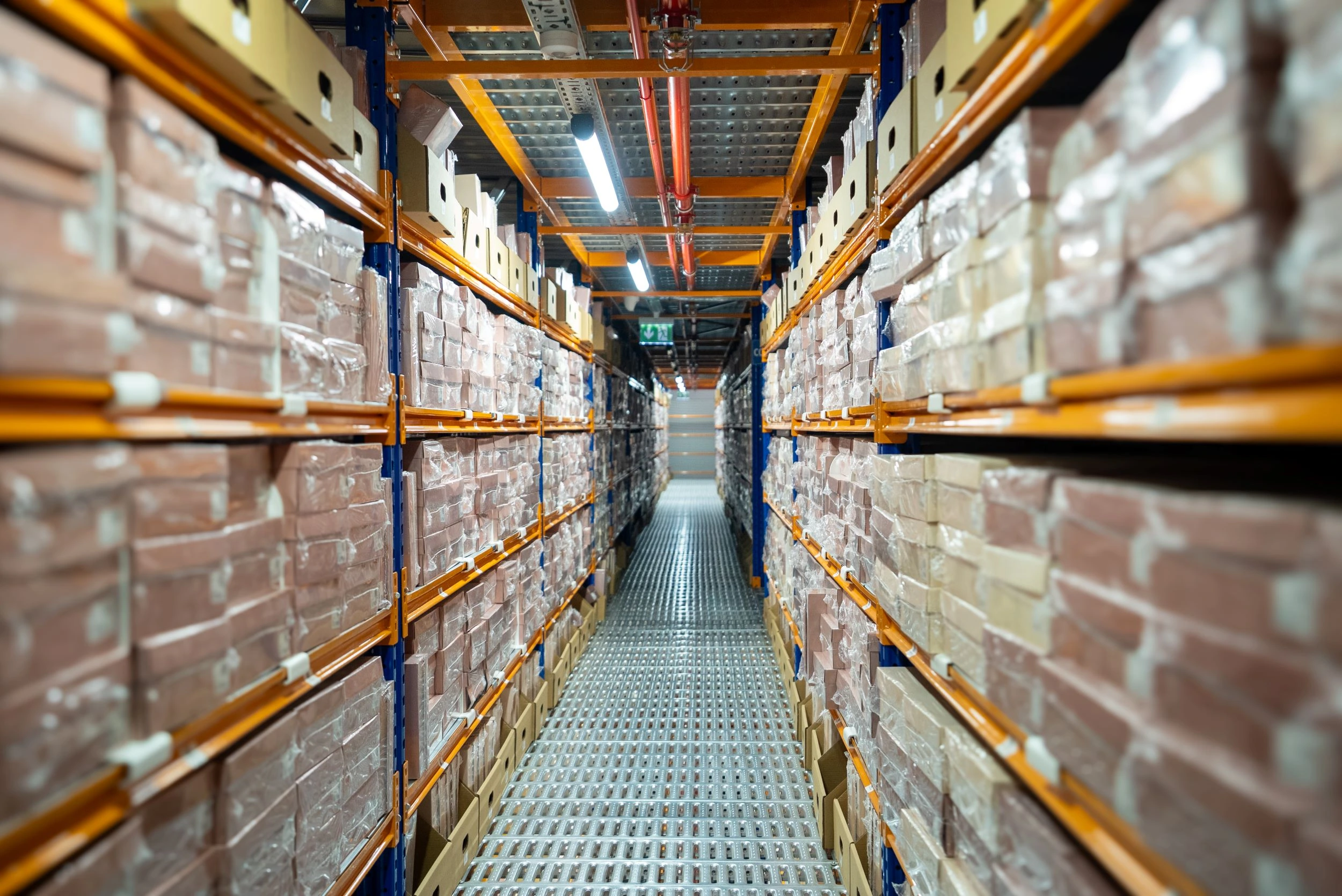As e-commerce grows globally, choosing the right fulfillment strategy is more important than ever. Whether you ship locally or internationally affects everything from customer satisfaction to delivery speed and costs.
Both local and international fulfillment models offer unique advantages. Understanding their differences can help you scale your operations and enter new markets with confidence.

Understanding the Difference Between Local and International Fulfillment
What Is Local Fulfillment?
Local fulfillment refers to storing and shipping products from regional or domestic warehouses. This model allows you to fulfill orders close to your customer base. As a result, delivery is faster and often cheaper.
Additionally, local fulfillment improves customer trust. It supports domestic logistics, easier returns, and direct service communication within the same time zone.
What Is International Fulfillment?
International fulfillment involves using global warehouses to store inventory and ship to multiple countries. It allows you to serve a global audience and shorten delivery distances worldwide.
While this strategy increases international delivery reach, it also involves cross-border shipping, customs, and regulatory challenges. Still, it’s ideal for businesses with international demand.
Key Operational Differences Between the Two Models
Local fulfillment operates within one country’s shipping zones, making logistics simpler. It reduces customs complications and improves delivery timelines.
In contrast, international fulfillment requires broader inventory distribution and more coordination across regions. However, it provides better access to multiple global markets.
Benefits of Each Model
Advantages of Local Fulfillment
Local fulfillment provides faster delivery to nearby customers. Since shipping distances are shorter, shipping costs are often lower.
Moreover, customers benefit from local support and localized returns, improving their customer service experience. For startups, it’s a cost-effective starting point.
Advantages of International Fulfillment
Businesses using international fulfillment can reach customers across multiple countries. This improves global market access and brand visibility.
Additionally, using international shipping solutions and warehouses close to key markets reduces transit times. It supports international scalability without overloading domestic operations.
Choosing Based on Business Size and Target Market
Small businesses may prefer local fulfillment due to simpler logistics and lower risk. It’s easier to manage and often cheaper when starting out.
However, larger enterprises with global ambitions may need international partners. This approach supports enterprise logistics strategy and broader regional vs global expansion plans.
Cost, Speed, and Control in Fulfillment Models
Comparing Fulfillment Costs Across Models
Local fulfillment has predictable costs like warehousing fees and domestic shipping. It avoids import/export costs, which is useful for cost-sensitive products.
International fulfillment, while offering market reach, comes with added expenses. These may include customs, taxes, and complex shipping cost structures.
Delivery Times and Speed-to-Market
Delivery speed is a key advantage of local fulfillment. Orders often arrive within one to three days, especially when using regional warehouses.
In contrast, international shipping may involve customs delays or longer distances. Yet with the right network, express shipping options can still offer competitive delivery times.
Control and Visibility Over Operations
Local models often provide better transparency and tracking systems, thanks to simpler logistics. You can monitor orders closely and handle issues faster.
International fulfillment requires more coordination. However, with modern systems, you can maintain strong inventory monitoring and visibility across all regions.
How to Manage Cross-border Logistics
Navigating Customs, Taxes, and Duties
International fulfillment involves customs documentation, duties, and compliance. Incorrect paperwork can delay shipments or result in fines.
To avoid issues, work with providers experienced in import/export regulations. Also consider offering DDP (Delivered Duty Paid) to simplify the customer experience.
Choosing Reliable Global Carriers and 3PLs
Selecting a trusted third-party logistics (3PL) provider is essential for global expansion. They help manage international carriers and ensure smooth shipping operations.
Additionally, global partners reduce delivery risk and provide localized support. This strengthens your cross-border logistics management strategy.
Managing Returns and Reverse Logistics Globally
International returns can be complex. You need clear global returns policies and reverse logistics systems in place.
Moreover, offering local return addresses or international returns partners helps customers feel more secure when ordering from abroad.
Technology and Automation in Global Fulfillment
Integrating Systems for Multi-region Visibility
Successful fulfillment requires strong system integration. Use APIs and ERP tools to sync data across all platforms.
This ensures accurate order tracking, inventory availability, and faster fulfillment in all regions. It’s key for centralized inventory systems and efficiency.
Using Predictive Analytics for Global Demand Planning
Predictive logistics helps businesses forecast demand by region. With these insights, you can plan warehouse stock and avoid overstocking or understocking.
Furthermore, it improves data-driven fulfillment and reduces delivery delays. This supports both cost savings and better service.
Automating Customs and International Documentation
Manual customs processes slow down global shipping. Using automation tools for documentation streamlines compliance.
Platforms with digital customs clearance capabilities reduce errors and speed up approvals. This simplifies international order processing for your team.
Customer Experience and Localization Strategies
Improving Customer Trust with Localized Delivery
Customers trust businesses that deliver quickly and reliably. Using local fulfillment centers creates faster shipping and more positive experiences.
Additionally, it improves brand perception and reduces delivery-related complaints. This builds long-term brand trust.
Offering Multi-language and Multi-currency Support
Serving global customers means offering localized e-commerce. Use multi-language sites and regional payment options to meet user expectations.
Moreover, customers feel more confident when shopping in their native language and currency. This increases conversions and reduces cart abandonment.
Balancing Global Reach with Personalized Service
Global fulfillment doesn’t mean losing personalization. You can still offer tailored delivery experiences by using regional inventory and messaging.
As a result, businesses gain the scale of global reach and the loyalty that comes from local care. This improves the international customer experience.
Challenges in International Fulfillment
Regulatory Complexity and Compliance Risks
Global fulfillment involves navigating different trade regulations. Each country has unique compliance rules and tax laws.
Therefore, working with legal or logistics experts is important. This ensures you meet data compliance and customs standards.
Longer Lead Times and Communication Barriers
Shipping internationally often takes more time. Time zones, customs, and carrier delays can cause longer lead times.
In addition, language barriers and cultural differences can impact communication. Clear SLAs and documentation reduce communication challenges.
Managing Multiple Warehouses and Carriers
Operating multiple global warehouses means more coordination. You must manage inventory levels, shipping carriers, and supply chain complexity.
Technology helps. But strong internal processes are needed to avoid delays and ensure smooth operations across all regions.
Making the Right Choice for Your E-commerce Business
Factors to Consider Before Expanding Internationally
Before going global, assess your readiness. Can your systems scale? Are your logistics partners equipped to handle international volume?
You should also research local regulations and delivery preferences. Only expand when your business can offer consistent service.
When to Use a Hybrid Fulfillment Model
Many businesses use hybrid fulfillment to combine local and global advantages. They store fast-moving SKUs regionally and ship slower products globally.
This mixed logistics strategy improves efficiency and responsiveness. It also allows flexible growth without over-committing to one model.
Aligning Fulfillment with Customer Expectations
Ultimately, your fulfillment strategy should match what customers expect. If your audience demands fast delivery, prioritize speed.
If they value international reach, invest in global warehousing. Aligning logistics with expectations improves fulfillment satisfaction and drives loyalty.





